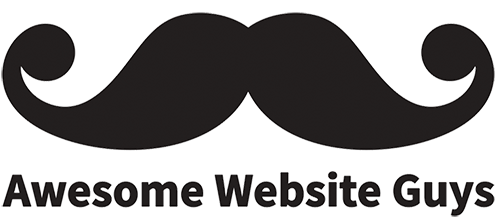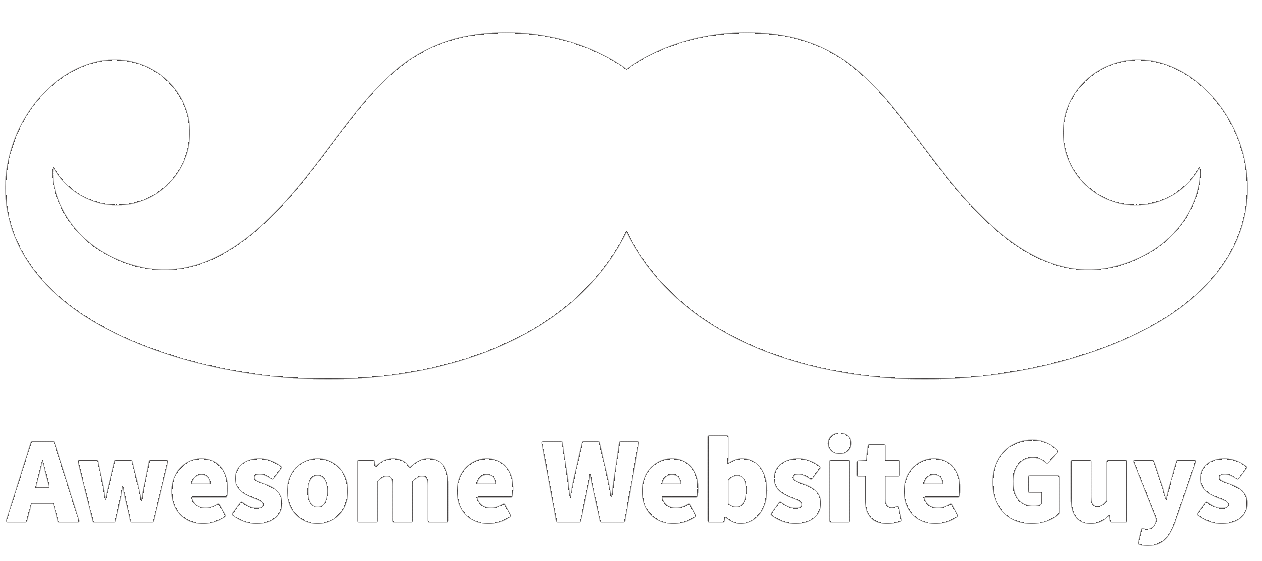If you own or manage a website, you’re likely aware of how important it is to optimize your site for both search engines and your target audience. In previous posts, we discussed the differences between nofollow and dofollow links, as well as about internal links. In today’s post, we will discuss what anchor text is and some tips for optimizing your site’s anchor text.
What Is Anchor Text?
Anchor text refers to the words that you click or select to follow a link. This link sends you to a new page or document either in a new browser tab or on the current tab you are on. You can easily identify anchor text by looking for the familiar blue color used to highlight or underline text. Depending on your site theme, links may be highlighted in a different color to match your color scheme.
The anchor text is listed in the code on a page between the anchor element tags called anchor text. Check out the example below for what this looks like. The anchor text is in bold.
<p>Contact <a href=”https://awesomewebsiteguys.com/”> Awesome Website Guys in Wilmington, NC </a> to learn how we can help you build a solid SEO strategy for your small business.</p>
Importance of Anchor Text
Optimizing your anchor text is crucial for your website’s success because it gives clues about the content it’s linked to. This tells search engines and users what they can expect when they click on a link. For search engines, they use anchor text to index and rank a specific web page. It’s important to note that search engines also look at the content based around anchor text. Indeed, this is why it’s helpful to use relevant anchor text that is useful and makes sense.
By carefully choosing relevant anchor text, it will be easier to create reader-friendly content. If that reader-friendly content is published, this will boost your site’s search rankings on major search engines. For users, anchor text encourages them to explore your site by clicking on links. When users click on your links, this can drive site conversions, traffic, and CRO.
5 Tips to Optimize Your Anchor Text
1. Don’t Follow SEO Myths
Like any type of technology, some experts in the industry will come up with new ways to gain better SEO rankings or traction on their site. While it may be tempting to follow these ideas, it’s best to avoid following these SEO myths.
One common SEO myth is to always use the keywords for the page you are linking to in your anchor text. Instead, it’s more effective to write natural, descriptive wording, rather than manipulating anchor text to match specific keywords you are targeting.
When ranking your site, search engines consider the text surrounding the anchor text, as well as the overall topic of the page’s content. Major search engines like Google are sophisticated enough that they do not require exact keyword matches to understand a page’s topic. It’s important to note that Google’s Penguin update penalized SEO efforts that tried to manipulate anchor text, such as by using the same anchor text in every link.
A second common SEO myth is that the anchor text linking to your site’s pages should consist of an optimal number of anchor text types. Instead, it’s best to focus on using anchor text that makes sense for each page. Thus, this allows a natural amount of anchor text linking to unfold. Indeed, it’s best to spend time creating relevant, useful content that both search engines and your target audience will find valuable.
2. Use Descriptive Words for Anchor Text
An important tip is to use descriptive words when optimizing your anchor text. This makes it easier for your online users to understand your links. It will also encourage your users to stay engaged with your content, such as clicking on a link to book an appointment, purchase a product or service, or subscribe to your newsletter. Check out these examples below for how you can use descriptive words in different scenarios.
Descriptive Anchor Text Examples:
- Instead of using “read more” or “click here,” it’s better to let users know specifically what a link is about. For example, “Check out our managed WordPress hosting and support services at Awesome Website Guys.”
- Use specific statistics when citing information from another page or site. For example, “Did you know that WordPress powers over 40 percent of all websites online.” This makes it clear that users can find additional information about a statistic or fact.
- If you would like users to take action, it’s helpful to add links to the words that specify what action users can take. For instance, “Contact us today to schedule your discovery call appointment with one of our WordPress experts.”
- To reference your brand or website, it’s best to use a simple branded link. For example, “If you are looking for a local website partner that cares, contact Awesome Website Guys today.”
3. Use Logic for Anchor Text
When it comes to optimizing your anchor text, it’s best to use anchor text that makes perfect sense to your target audience. Your users should be able to connect the link to the anchor text used. For instance, if you added a link to an article about web design best practices, then the anchor text should directly relate to this link. If you don’t follow this approach, it can confuse or frustrate your users. You can avoid this by letting users know what type of link they are clicking on, especially if it’s not to another page or site. If it’s a PDF, document, or payment page, it’s helpful to let users know this upfront in the anchor text.
4. Use the Right Length for Anchor Text
There is no magic number for how long anchor text should be. However, it should use an appropriate length that makes sense and creates a positive reading experience for users. Check out the difference between the two examples below.
This anchor text is too long:
This example has a better length to let users know what the link is about:
Learn why retaining a competent, reliable, and professional web team is the smartest decision for your small business.
5. Make It Easy for Users to Identify Your Anchor Text
While there are dozens of ways to make your anchor text visible, it’s best to keep it simple and consistent throughout your site. The blue underlined text is the most common way to identify a link. However, you can also use a contrast color based on your color scheme or perhaps a simple underline. Whatever you choose, make sure it can easily be seen by people with vision impairments. Indeed, all of your users should be able to view and access your site content.
We hope these tips help you as you optimize your anchor text on your site. Whether you are working on your site content or blog posts, it’s important to use a user-focused approach to optimizing your links. Think about how your users would read and understand your anchor text. To gain more insight, tips, and information about all things related to websites, check out our Awesome blog today.
Valerie Hare
Valerie is a Content Strategist at Awesome Website Guys. She has a background in web development and writing. When not working, she enjoys going to the beach, walking her dog, and chilling with her family.

